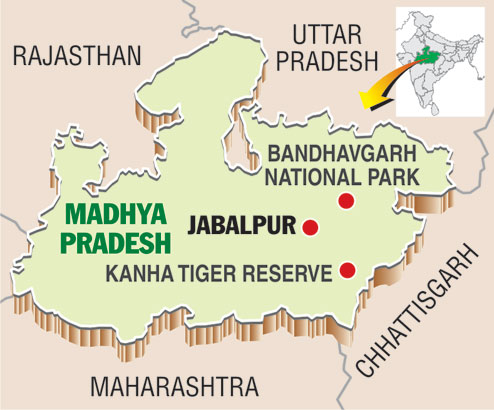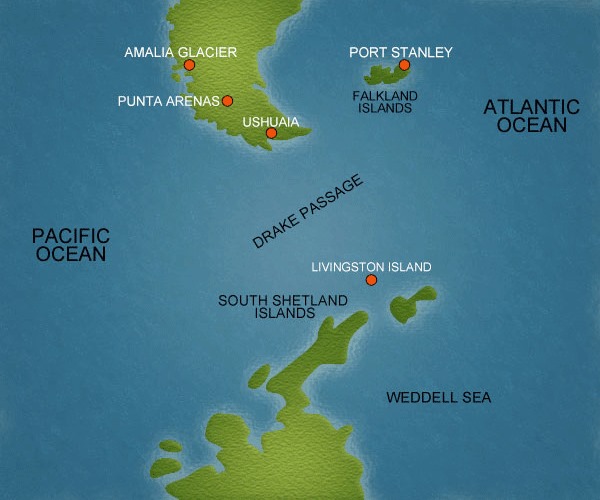900 319 0030
enquiry@shankarias.in
Elephant Migration

Facts on Preamble
Facts on National Anthem
eBkray Platform
Drake Passage

Avangard Hypersonic Missile
Source: Indian Express, the Hindu